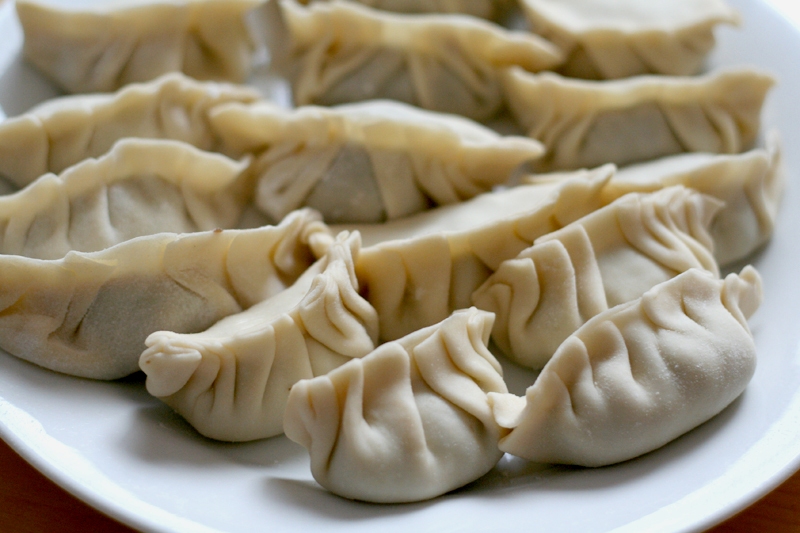If you’ve been in China for Spring Festival before, you know the best part is the food. There are few other occasions in the Chinese calendar in which locals’ love of eating and respect for superstition come together in such grand fashion. Chuxi (the eve of Chinese New Year) is traditionally the scene of annual family reunions; common dishes include dumplings, fish, sweet tangyuan, longevity noodles, and niangao – all of which contain or recall homophones for fortune, luck, and health.
Dumplings
Jiaozi are especially popular in northern China, where they are traditionally served after dinner. They resemble Chinese ingots, which were boat-shaped with turned-up ends. According to China Highlights, which filling you choose also hugely significant; for example, suancai (pickled vegetable) fillings are shunned because the word suan (酸) can also mean “grieving” or “painful.” The most common filling is pork and cabbage.
Where to eat it: Sample healthy, colorful dumplings with a myriad of fillings at Baoyuan Jiaozi Wu
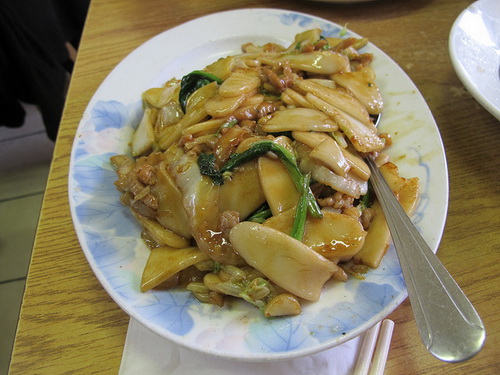
Niangao
Niangao are glutinous rice cakes commonly stir-fried with vegetables, egg and/or meat. The Chinese name 年糕 (“new year cake”) is a homophone for 年高 (“every year higher”), which represents a wish to achieve more and more with every year. Niangao are more commonly eaten in the south, where they can be prepared savory or sweet.
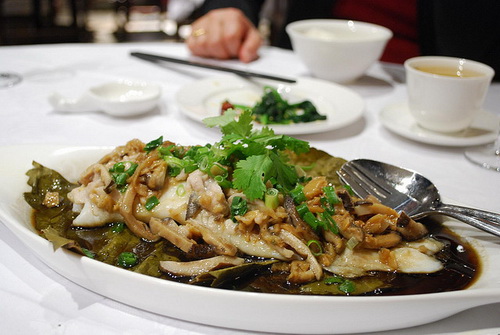
Fish
The Chinese word for “fish” (鱼, yu) is a homonym for “surplus” (余), making this humble freshwater dweller the centerpiece of many a Chinese New Year dinner. According to Think Chinese, the dish is closely associated with the idiom 年年有余 (“may there be surplus year after year”). Fish is usually served whole, sometimes with the head pointed towards the guest of honor; some families leave a bit uneaten so that the idea of “surplus” is reflected in practice.
Where to eat it: Head to a branch of city-wide chain Tang Palace for exemplary seafood and Cantonese cuisine
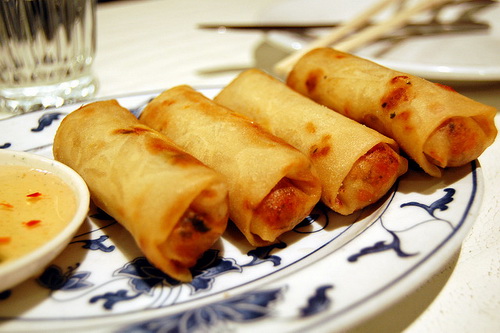
Spring Rolls
What do you know? This staple of North American Chinese restaurant menus has origins in Spring Festival celebrations. The deep-fried rolls are filled with glass noodles and vegetables to symbolize the coming of spring, while their shape and color are reminiscent of gold bars.
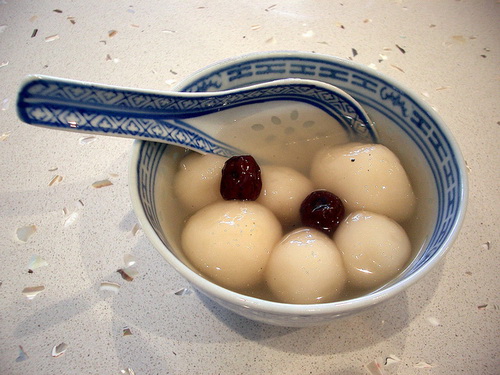
Tangyuan
Also known as yuanxiao in the North after the festival that they’re commonly eaten on, tangyuan are boiled glutinous rice balls filled with sweet or savory fillings and served in clear soup. Their name and round shape recall the word “union” (团圆), making tangyuan the natural choice for family reunions. They’re often filled with sweet sesame paste in the south, including in my hometown of Chongqing where my grandmother used to make her own.
Where to eat it: Laozihao (Time-Honored Brand) Jinfang Xiaochi specializes in northern-Chinese style yuanxiao. Their Ciqikou branch comes recommended on Dianping
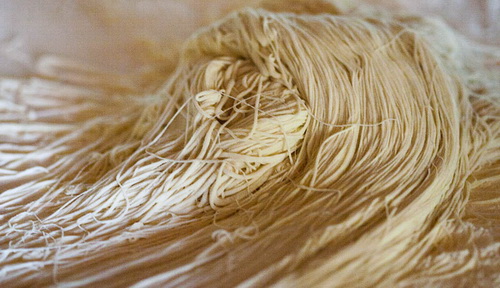
Longevity Noodles
Known in Chinese as changshou mian (“long life noodles”), longevity noodles are commonly eaten on birthdays and during Spring Festival. The noodles are usually made from one piece of dough, and are stretched and pulled into many long, thin strands to symbolize long life and health. Try not to break the noodles when you eat them – this is harder than it looks!
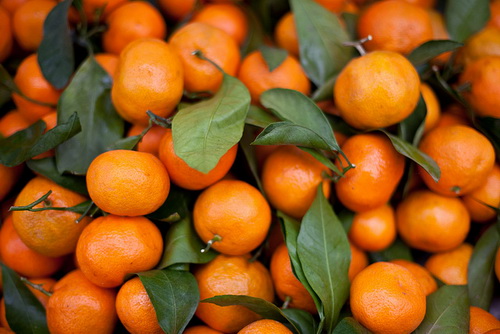
Citrus Fruits
Oranges, tangerines, and pomelo are all widely eaten during Spring Festival. In Chinese, the words for “tangerine” (橘, ju) and “orange” (桔, ju) sound like “luck” (吉, ji) while pomelo (柚, you) sounds like “to have.” Potted citrus plants can be spotted in shops, restaurants, and other public spaces around this time. The seeds also symbolize having lots of children, making seeded fruits and snacks ideal gifts for newly-married couples.
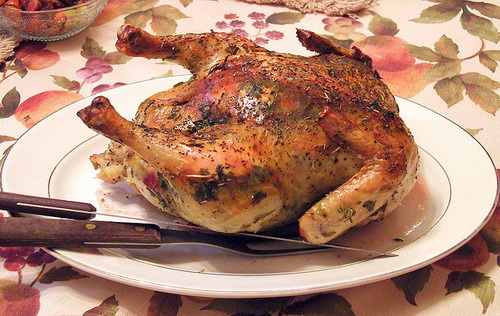
Chicken
Similarly to oranges and tangerines, the word “chicken” (鸡, ji) is a homonym for “luck.” Chicken is prepared a number of different ways across the country, but the important thing is that it remain whole to symbolize togetherness.
Where to eat it: Order up a whole rotisserie chicken (RMB 82) from delivery service Uncle Otis
This article originally appeared on beijingkids.
Photos: Spicy Icecream, Gary Stevens, Alpha, stu_spivack, Charles Haynes, Neil Conway, James D Kirk (Flickr)


